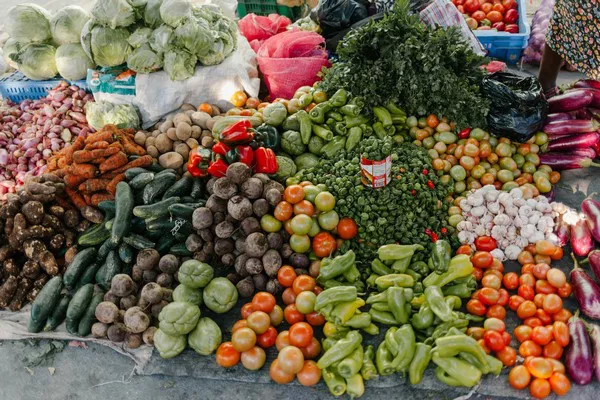The World Food Price Index, as reported by the United Nations Food and Agriculture Organization (FAO), registered a significant dip in August, returning to a two-year low after a brief uptick in the preceding month. This downturn was primarily attributed to declining prices across various food commodities, despite notable increases in rice and sugar costs.
According to the latest data released by the FAO on Friday, the global food price index averaged 121.4 points in August, marking a noticeable decrease from the revised figure of 124.0 recorded for the previous month.
The FAO’s price index acts as a crucial barometer for assessing the fluctuations in the prices of the most heavily traded food commodities worldwide. August’s decline, although modest, highlights the complex dynamics governing the global food market.
While rice and sugar prices experienced an upward trajectory, other food commodities witnessed price decreases, contributing to the overall drop in the index. The reasons for these fluctuations in food prices can be attributed to a myriad of factors, including weather patterns, supply chain disruptions, and market demand.
The FAO continues to closely monitor these developments in the global food market, acknowledging the potential consequences for food security and access for millions around the world. As the world grapples with ongoing challenges, the FAO’s data serves as a critical resource for policymakers and stakeholders striving to address the complex and interconnected issues of food affordability and availability on a global scale.

